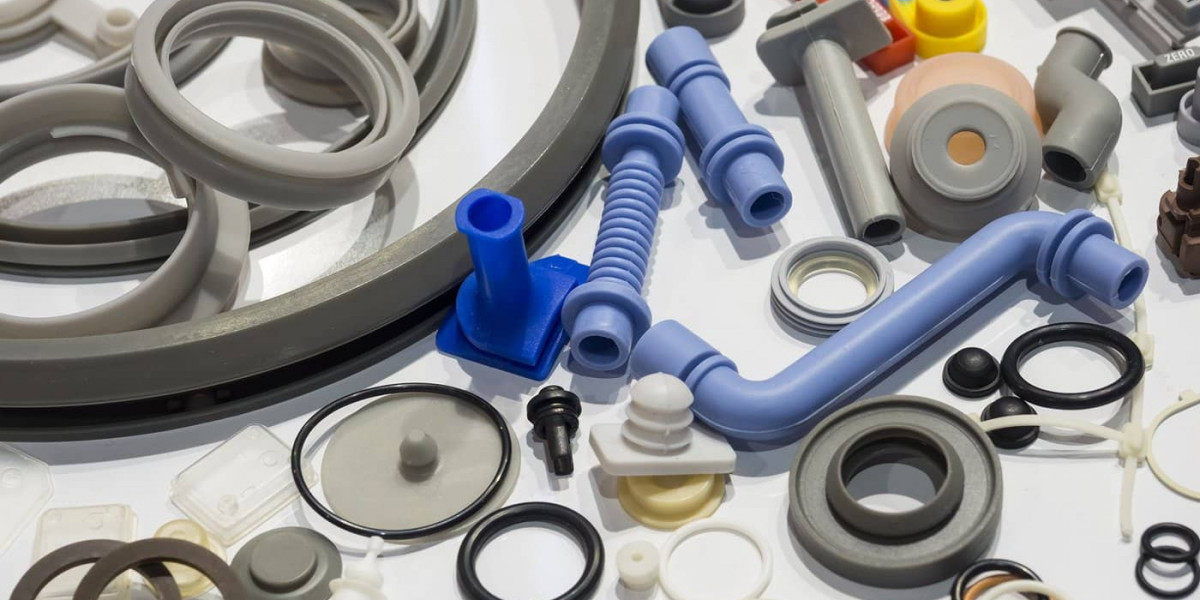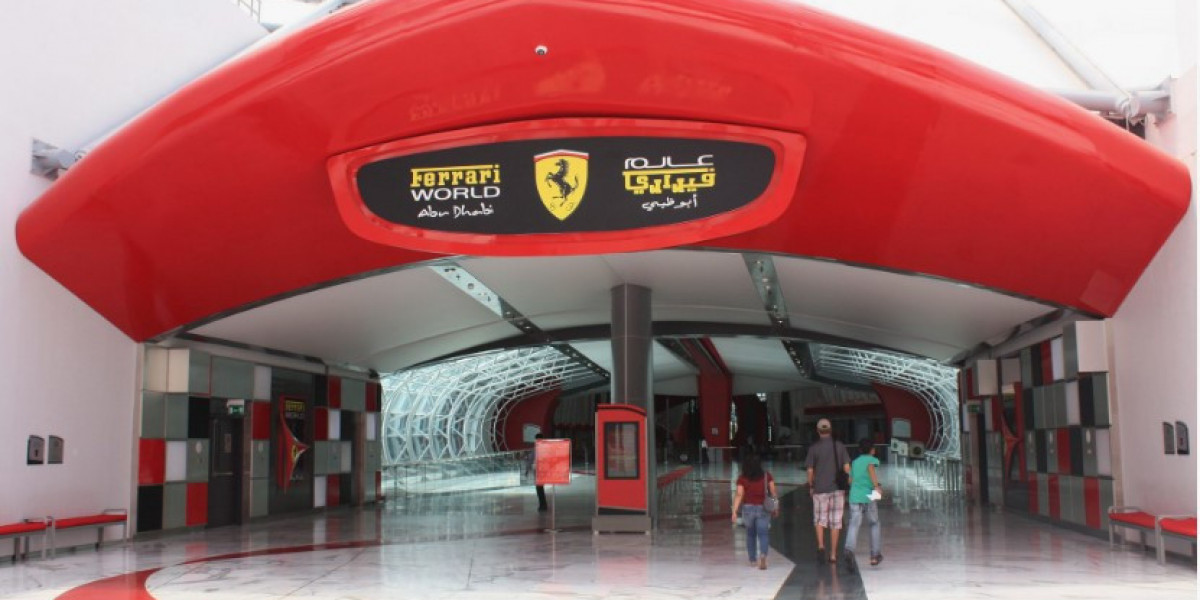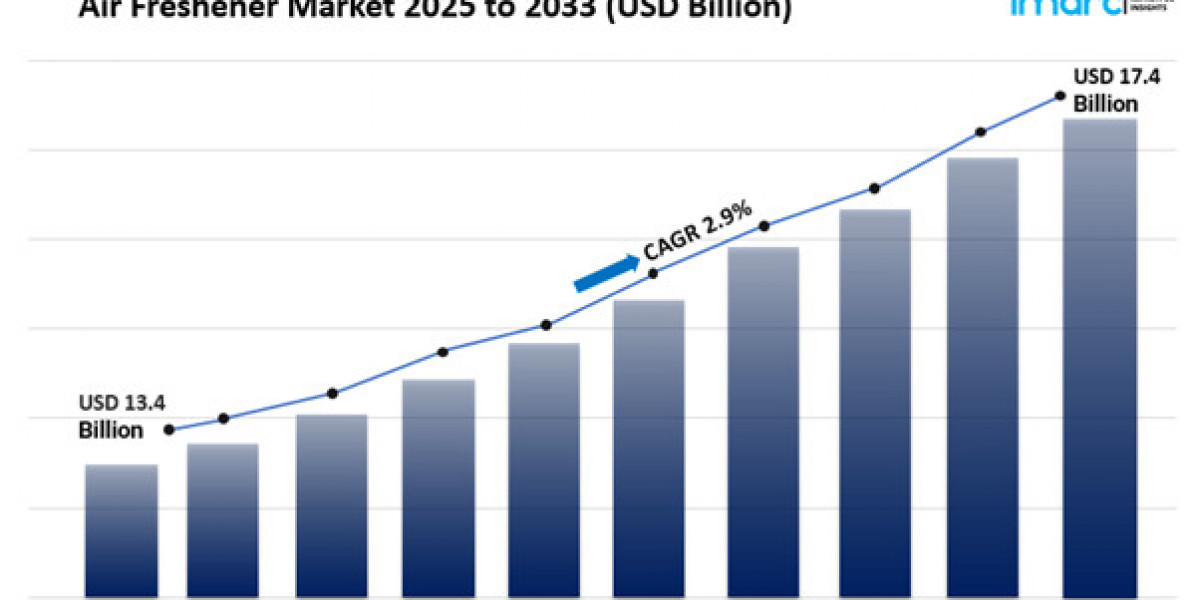The automotive plastics market is experiencing a strong upward surge, fueled by the increasing demand for cost-effective, durable, and high-performance materials used in exterior body panels. As automakers race to meet evolving design expectations, fuel efficiency standards, and budget constraints, advanced plastic solutions are rising to the challenge—proving that modern vehicles can be both stylish and efficient without compromising structural integrity.
Exterior Body Panels: Function Meets Form
Today’s automotive consumers expect more than just visual appeal—they want vehicles that are lightweight, tough, weather-resistant, and built to last. Exterior body panels, including bumpers, fenders, hoods, and trunk lids, must withstand harsh environmental conditions, resist impact damage, and contribute to a vehicle’s overall aerodynamics and safety profile. Plastics offer a versatile answer to these diverse requirements.
Unlike traditional metals such as steel or aluminum, automotive-grade plastics provide designers with the flexibility to create complex shapes and seamless contours, all while reducing vehicle weight and manufacturing costs. Materials like thermoplastic olefins (TPOs), polypropylene (PP), polycarbonate (PC), and glass-fiber reinforced plastics (GFRPs) have emerged as leading choices for exterior paneling.
These plastics not only hold up under mechanical stress but also provide superior resistance to corrosion, UV radiation, and surface deformation. This makes them ideal for long-term outdoor exposure and for applications where both function and aesthetics are key.
Lightweighting for Performance and Efficiency
Weight reduction has become a central focus in automotive design, driven by stringent fuel economy standards and the growing shift toward electric vehicles. Lighter vehicles require less energy to operate, which translates to improved gas mileage for internal combustion engines and extended driving range for electric vehicles (EVs).
Plastic body panels can be up to 50% lighter than metal alternatives, without sacrificing the safety and performance metrics automakers rely on. This advantage allows manufacturers to not only meet environmental targets but also improve acceleration, handling, and braking performance—all without adding complexity or cost.
As such, the use of exterior plastics is no longer confined to economy vehicles or small cars. Even premium brands and SUVs are embracing these materials to enhance driving dynamics while lowering emissions.
Cost-Effectiveness Driving Market Adoption
One of the key reasons for the surge in demand is the cost-effectiveness of plastic-based body panel production. Plastics allow for integrated manufacturing, where multiple components can be molded in a single process, reducing assembly steps and labor costs.
Unlike metal components that require cutting, welding, and corrosion protection, plastic panels can be produced with less tooling and finishing, significantly streamlining the production line. Furthermore, plastics provide excellent paintability and surface finish options, eliminating the need for additional coatings or protective treatments.
This makes plastic an attractive option for OEMs seeking to balance affordability with quality, especially in high-volume production settings where efficiency is crucial.
Customization and Design Innovation
With consumer preferences leaning toward personalized vehicles and distinctive styling, plastics are enabling a new era of modular and customizable exterior components. Automakers can now offer variations in color, texture, and panel shape without the need for heavy retooling.
From bold grilles and sleek side panels to unique bumper designs, plastics open the door to creative freedom, allowing brands to stand out in a competitive market. Additionally, textured or colored plastics can reduce the need for painting altogether—another step toward cost reduction and environmental responsibility.
Sustainability Gains Ground
While cost and performance are critical drivers, sustainability is rapidly becoming a central pillar of automotive plastic innovation. Many manufacturers are now exploring recycled plastics and bio-based polymers for exterior applications. These sustainable materials maintain strength and durability while offering reduced environmental impact.
At the same time, end-of-life strategies for plastic components are improving. Automakers and suppliers are investing in closed-loop recycling systems that allow used plastic body panels to be collected, processed, and reintroduced into production—supporting the broader goals of a circular economy.
Looking Forward
With continuous advancements in material science and molding technologies, plastic exterior body panels are only getting better stronger, lighter, more sustainable, and more visually striking. As automakers look to future-proof their designs and streamline production, the demand for high-performance plastics is set to grow exponentially.
Whether it’s for EVs, hybrid vehicles, or traditional models, plastics are proving to be the go-to solution for modern exterior paneling needs. The current market momentum shows no signs of slowing, as manufacturers recognize the unmatched blend of efficiency, design versatility, and economic value that plastic materials bring to the automotive frontier.
Read more https://www.pristinemarketinsights.com/automotive-plastics-market-report









